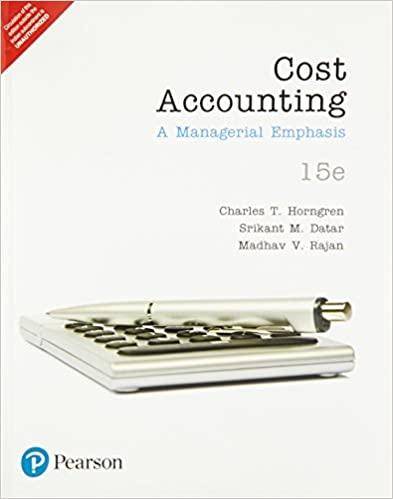Question
Martin Smalls invests in Activity Z. Martin contributes $150,000 and executes a $600,000 recourse note payable in six years. The note allows Martin to convert
Martin Smalls invests in Activity Z. Martin contributes $150,000 and executes a $600,000 recourse note payable in six years. The note allows Martin to convert it from recourse to nonrecourse if Activity Z produces gross revenues equal to 55 percent of Martin's original investment. The "60 percent" threshold was selected based upon industry standards. For the first three years Activity Z produced tax losses equal to $330,000 all of which were deducted by Martin. In year four, the gross revenues from Activity Z exceeded the 55 percent threshold and Martin elected to convert the note from recourse to nonrecourse.
The Service audited Martin's income tax returns and determined that he was only at-risk to the extent of the cash he contributed, and limited the claimed deductions to $150,000 in the aggregate. The Service, relying on section 465(b)(4), based its position on the fact that Martin could and did convert the debt from recourse to nonrecourse.
a) What arguments would you make in support of Martin's position? Explain your answer.
b) Assuming that Martin was able to establish that the debt obligation provided him with at-risk amount because it was recourse in the first three years, what are the tax consequences to Martin of the conversion from recourse to nonrecourse in year four? Explain your answer.
Step by Step Solution
There are 3 Steps involved in it
Step: 1

Get Instant Access to Expert-Tailored Solutions
See step-by-step solutions with expert insights and AI powered tools for academic success
Step: 2

Step: 3

Ace Your Homework with AI
Get the answers you need in no time with our AI-driven, step-by-step assistance
Get Started


